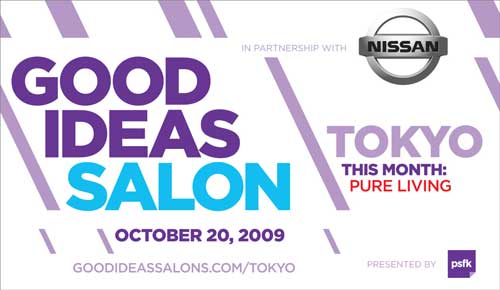
On my Meguro walk, I noticed two pocket parks, one newer and one older. Both have a similar plan: wide open space with gravel, and minimal plants, play areas, and seating. I know that one reason Tokyo parks are created this way is to provide a gathering space for emergencies. Yet if emergencies are an every 10, 20 or even 50 year experience, wouldn’t it make more sense to get better use out of the parks in the meantime? In an emergency the plants could be justifiably trampled, but at least they would provide more active natural environments for daily life.
During my weekday visit, I noticed two office guys taking a smoking break (separately), a senior taking a rest, and some high school kids on their cellphones. It would be great if there was also room for vegetable growing, butterfly gardens, bird watchers, and wildlife habitat.









